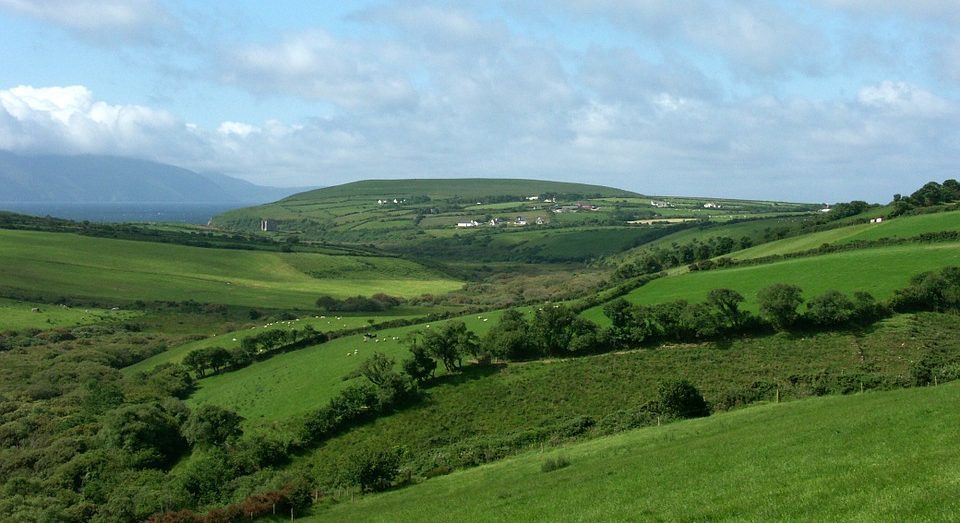Regions where dairying is most prevalent are generally more profitable and have a lower reliance on direct payments, according to Teagasc’s National Farm Survey results.
Farm income varies widely by region and is driven by scale, system, profitability and direct payments.
The south-east remained the most profitable farming region in 2016.
The average farm income across the 83,377 farms represented by the National Farm Survey was €24,060 last year – a 9% decline on 2015.
Regional breakdown
The south-east saw the highest average farm income, at €38,561. However, this was down 6% from €42,141 in 2015. Direct payments as a percentage share of farm income in the region saw an increase of 9%, bringing the percentage share to 63% in 2016.
In the south, the average farm income was €27,781 in 2016. Direct payments made up 59% of farm income in the region.
Farmers in the west of the country are, on average, 100% reliant on direct payments as a means of farm income.
The south-west saw the greatest percentage change in income year-on-year. The region experienced a 16% drop in average farm income in 2016. The south followed after, with a 13% decline in farm income.
The border counties are the most disadvantaged. The region has the lowest farm income and the highest reliance on direct payments.
Off-farm employment
The farming population in Ireland includes a considerable number of part-time farmers. The National Farm Survey revealed half of all farming households have an off-farm source of income, from either the farm-holder or spouse.
Almost one in three farmers work off-farm.
Some 42% of farm-holders in the west worked off-farm in 2016.
In contrast, only 22% of farm-holders in the south and south-west worked off-farm last year.

Source: Teagasc

